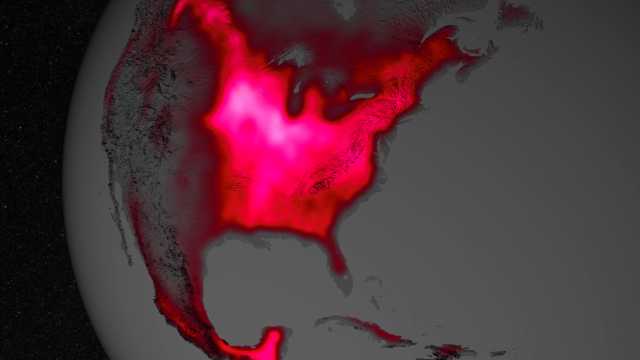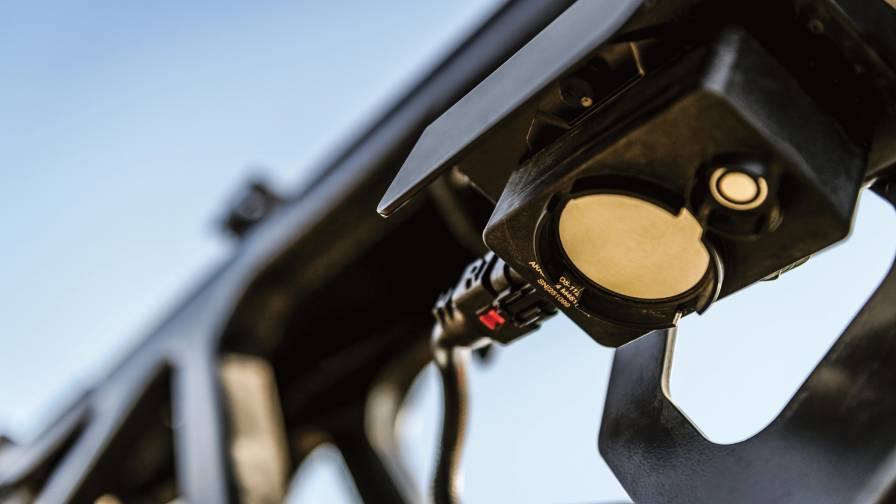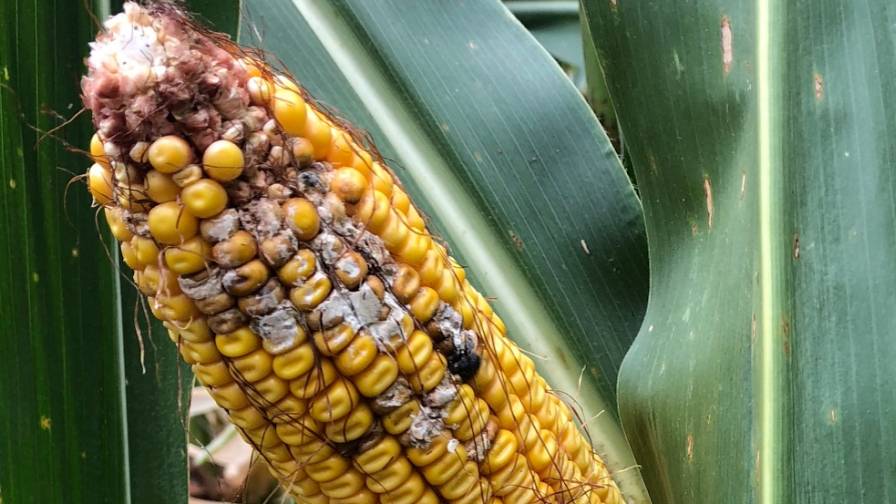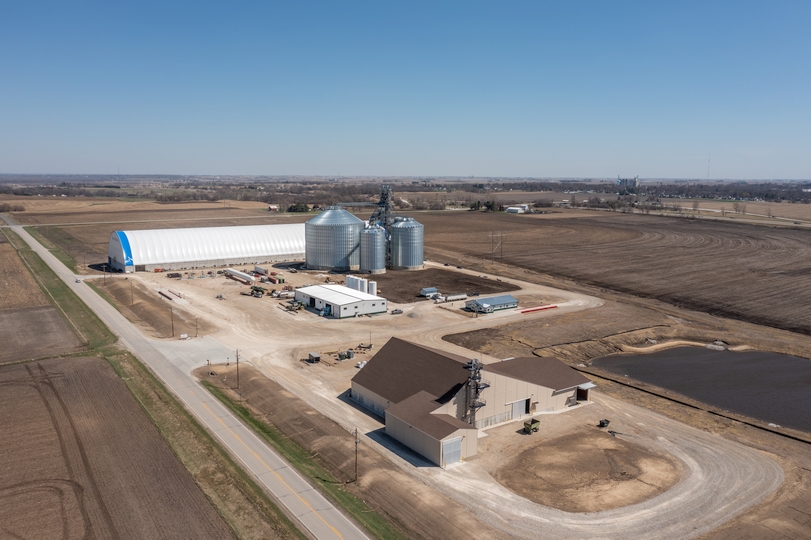Satellite Shows High Productivity From U.S. Corn Belt

The magnitude of fluorescence portrayed in this visualization prompted researchers to take a closer look at the productivity of the U.S. Corn Belt. The glow represents fluorescence measured from land plants in early July, over a period from 2007 to 2011. Image Credit: NASA’s Goddard Space Flight Center
Data from satellite sensors show that during the Northern Hemisphere’s growing season, the Midwest region of the U.S. boasts more photosynthetic activity than any other spot on Earth, according to NASA and university scientists.
Healthy plants convert light to energy via photosynthesis, but chlorophyll also emits a fraction of absorbed light as fluorescent glow that is invisible to the naked eye. The magnitude of the glow is an excellent indicator of the amount of photosynthesis, or gross productivity, of plants in a given region.
Research in 2013 led by Joanna Joiner, of NASA’s Goddard Space Flight Center in Greenbelt, MD, demonstrated that fluorescence from plants could be teased out of data from existing satellites, which were designed and built for other purposes. The new research led by Luis Guanter of the Freie Universität Berlin, used the data for the first time to estimate photosynthesis from agriculture. Results were published March 25 in Proceedings of the National Academy of Sciences.
According to co-author Christian Frankenberg of NASA’s Jet Propulsion Laboratory in Pasadena, CA, “The paper shows that fluorescence is a much better proxy for agricultural productivity than anything we’ve had before. This can go a long way regarding monitoring – and maybe even predicting – regional crop yields.”
Guanter, Joiner and Frankenberg launched their collaboration at a 2012 workshop, hosted by the Keck Institute for Space Studies at the California Institute of Technology in Pasadena, to explore measurements of photosynthesis from space. The team noticed that on an annual basis, the tropics are the most productive. But during the Northern Hemisphere’s growing season, the U.S. Corn Belt “really stands out,” Frankenberg said. “Areas all over the world are not as productive as this area.”
Read the full story on NASA.gov.






